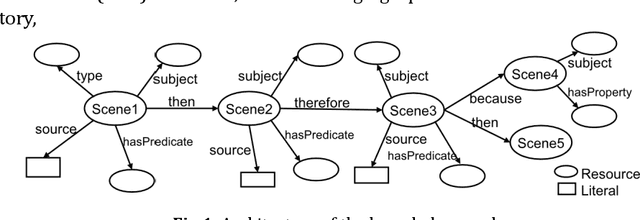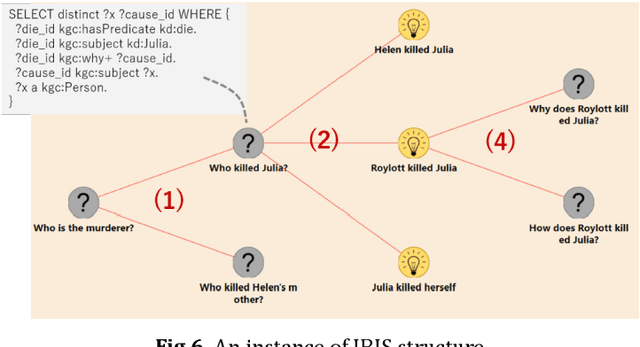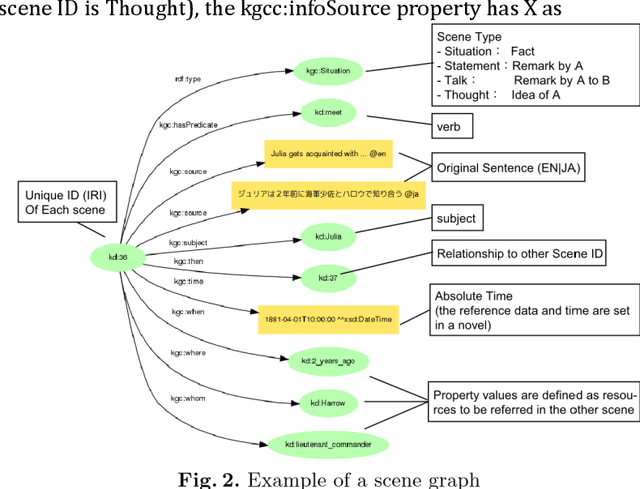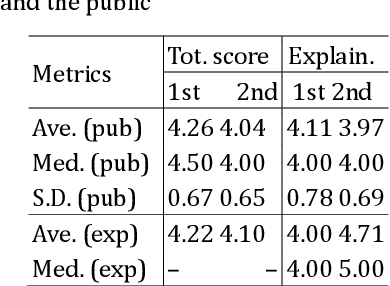Fumihito Nishino
A Logical Approach to Criminal Case Investigation
Feb 13, 2024Abstract:XAI (eXplanable AI) techniques that have the property of explaining the reasons for their conclusions, i.e. explainability or interpretability, are attracting attention. XAI is expected to be used in the development of forensic science and the justice system. In today's forensic and criminal investigation environment, experts face many challenges due to large amounts of data, small pieces of evidence in a chaotic and complex environment, traditional laboratory structures and sometimes inadequate knowledge. All these can lead to failed investigations and miscarriages of justice. In this paper, we describe the application of one logical approach to crime scene investigation. The subject of the application is ``The Adventure of the Speckled Band'' from the Sherlock Holmes short stories. The applied data is the knowledge graph created for the Knowledge Graph Reasoning Challenge. We tried to find the murderer by inferring each person with the motive, opportunity, and method. We created an ontology of motives and methods of murder from dictionaries and dictionaries, added it to the knowledge graph of ``The Adventure of the Speckled Band'', and applied scripts to determine motives, opportunities, and methods.
Report on the First Knowledge Graph Reasoning Challenge 2018 -- Toward the eXplainable AI System
Aug 22, 2019



Abstract:A new challenge for knowledge graph reasoning started in 2018. Deep learning has promoted the application of artificial intelligence (AI) techniques to a wide variety of social problems. Accordingly, being able to explain the reason for an AI decision is becoming important to ensure the secure and safe use of AI techniques. Thus, we, the Special Interest Group on Semantic Web and Ontology of the Japanese Society for AI, organized a challenge calling for techniques that reason and/or estimate which characters are criminals while providing a reasonable explanation based on an open knowledge graph of a well-known Sherlock Holmes mystery story. This paper presents a summary report of the first challenge held in 2018, including the knowledge graph construction, the techniques proposed for reasoning and/or estimation, the evaluation metrics, and the results. The first prize went to an approach that formalized the problem as a constraint satisfaction problem and solved it using a lightweight formal method; the second prize went to an approach that used SPARQL and rules; the best resource prize went to a submission that constructed word embedding of characters from all sentences of Sherlock Holmes novels; and the best idea prize went to a discussion multi-agents model. We conclude this paper with the plans and issues for the next challenge in 2019.
 Add to Chrome
Add to Chrome Add to Firefox
Add to Firefox Add to Edge
Add to Edge